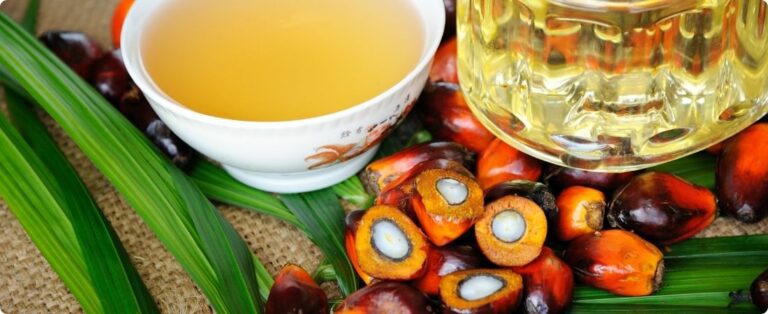From August 26th to September 3rd, Embrapa Clima Temperado (Pelotas, RS) will participate in the 40th edition of Expointer, in Esteio/RS, where it will present technologies for agriculture in the region, covering the states of Rio Grande do Sul, Santa Catarina and southern half of Paraná. Among the new features, the BRS Integração ryegrass variety and the book “Cultivation of soybeans and corn in lowlands of Rio Grande do Sul”. The launch event will take place on Saturday (26), at 1 pm, at the Stand of the Ministry of Agriculture, Livestock and Supply (Mapa) and Embrapa in the International Pavilion, with the presence of the Minister, Blairo Maggi.
Consolidated or recently released potato and sweet potato varieties will also be presented by the Research Unit; rice, focusing on production systems in lowlands, mainly; bean; peach; citrus; strawberry; blackberry; and olive tree. Native fruits and the conservation of Pampa will be covered by work linked to the management and sustainable use of butiazais. Furthermore, the research will also present recent results on the use of plant species for curtaining Sewage Treatment Stations (Etes).
The Unit also participates in Expointer in conjunction with partners. In the case of Trimble Brasil, equipment used in research to systematize soil in lowlands through high-precision geotechnology will be on display at the International Pavilion – the result of an agreement signed between the Companies at Expointer in 2016.
A very traditional partnership is with Emater/RS-Ascar. This year, the research technologies highlighted in the Institution's space are focused on dairy production. Among them, work with milk quality, through LabLeite, and with forage planning.
BRS Integration
The variety was developed to meet the demand of producers who carry out Crop-Livestock Integration. As it has an early cycle, it produces more in less time, allowing natural reseeding or harvesting of seeds before the establishment of summer crops, such as soybeans, in the same area.
The average productivity obtained in the experiments was around eight tons per hectare, with rapid pasture establishment – around 50 days, if well managed, according to Embrapa Gado de Leite (Juiz de Fora, MG) researcher Andréa Mittelmann, a those responsible for the novelty. “The most interesting thing in terms of productivity is that it beats BRS Ponteio and other cultivars currently planted in Brazil, including tetraploids”, he explains.
Another important characteristic is tolerance to lodging. The thicker culm provides support for the upright posture, facilitating mechanical cutting and, consequently, the work of producers who produce preserved forage, such as pre-dried silage or hay. “It is an excellent material for both grazing and preserved silage”, adds Mittelmann.
BRS Integração was developed by Embrapa's Ryegrass Improvement Program - with the participation of the Temperate Climate, Dairy Cattle, South Livestock (Bagé, RS) and Wheat (Passo Fundo, RS) Units - within the scope of the partnership with the Federal University of Rio Grande do Sul (UFRGS) and the South-Brazilian Association for the Promotion and Research of Forages (Sulpasto). The experiments and recommendations regarding management were developed in partnership with the Federal University of Pelotas (UFPel).
Soy and corn in Lowlands
The book “Growing soybeans and corn in lowlands of Rio Grande do Sul”, divided into 14 chapters, provides technical recommendations on how to grow these crops in lowlands – areas where one of the characteristics is waterlogging. According to researcher Beatriz Emygdio, one of the technical editors of the publication, aspects such as cultivars, management of insect pests and diseases, weed control, among other scientific advances for production on a sustainable basis in these regions are covered. “The book brings research results that allowed these technical indications to be made”, he states.
The researcher also highlights the final chapters, where there is a more technical-scientific approach to the subject, focusing on biotechnological advances aimed at developing plants to resist stress caused by soil waterlogging. “As we have very little in this area, especially for these crops, we thought about considering advances in plant mechanisms for tolerating this stress. To also serve a research audience that works in the area”, he adds.
Source: Agrolink










